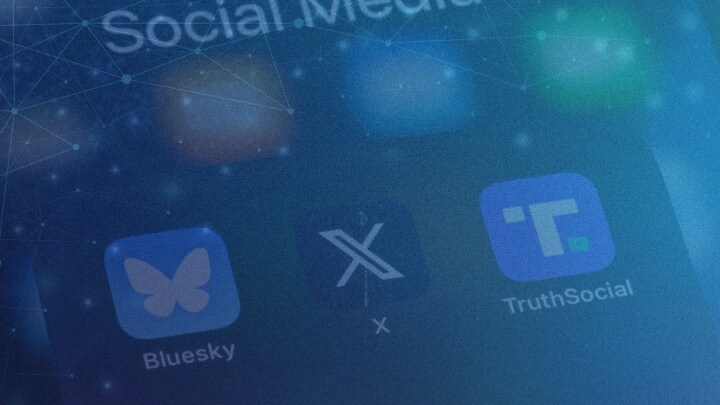What’s happening:
People are rethinking how they search for information, blending trusted search engines with new AI tools and platforms that meet specific needs. Traditional engines like Google remain the go-to for quick answers, but AI tools are carving out a place in how people learn, explore, and make decisions, especially among younger generations. YouTube continues to dominate for tutorials, while social platforms are used more selectively for discovery and recommendations. Rather than abandoning one tool for another, people are layering all of these different options together depending on the situation. Still, trust is the deciding factor: curiosity around AI is high, but the reliability of traditional search keeps it firmly in the lead.
What we found:
- 55% mostly use traditional search engines, while 25% rely on AI tools, and 19% use a mix.
- 80% of Gen Z and 86% of Millennials use social media (excluding YouTube) as a means for search at least occasionally.
- Compared to a year ago, 47% report using AI tools more often to search.
- Search engines are trusted the most for accuracy (79%), while generative AI tools (61%) and social media (55%) still fall behind in confidence in comparison.
Why it matters:
The rise of AI tools and social platforms as a means of seeking information does not mean the end of traditional search engines, but it does mean the journey to information is more fragmented. For brands, this means visibility can no longer rely on a single channel. Consumers may move from a quick fact check on Google to deeper exploration with AI or peer-driven input on YouTube and social media. To resonate across this journey, brands need to show up consistently and credibly. Accuracy, transparency, and reliability are what transform a search result into a trusted answer, and trust is what ultimately drives long-term loyalty.
(N=956, MoE ±3.17%, 95% CI,
Data Collected: September 5-8 2025)
Take the Pulse of your Product’s Consumers
Our Insights team will partner with you to design a study to help you better understand your consumers and their problems, and how your brand can win at retail.



